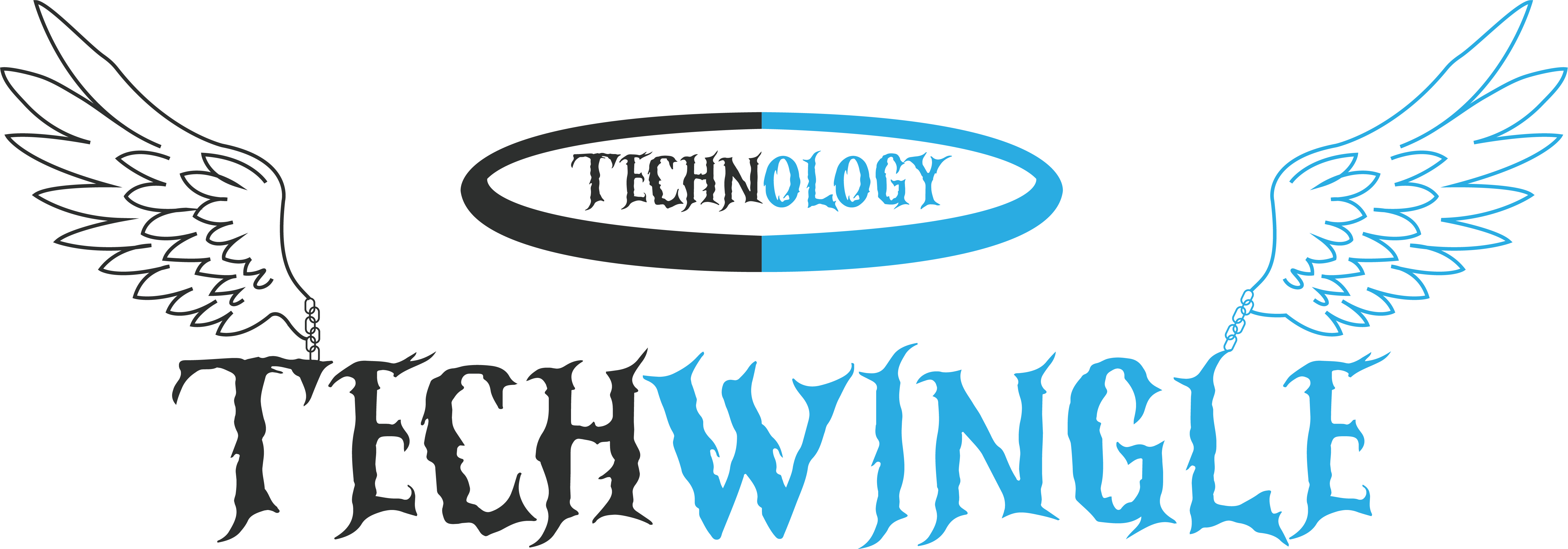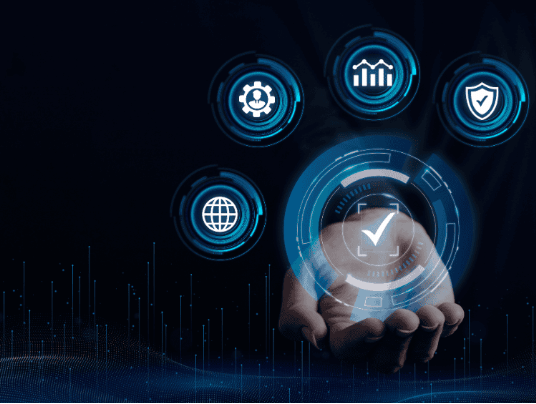In today’s climate, “digital transformation” isn’t a luxury—it’s survival. Organizations increasingly realize that staying on legacy systems slows growth, complicates innovation, and raises risk.
That’s why many enterprises are embracing SAP RISE: the bundled path to a modern, cloud-centric enterprise, combining infrastructure, business processes, and data layers-.
This transformation promises enhanced efficiency, scalability, and innovation.
But here’s the tricky part: moving to the cloud doesn’t eliminate risk; it redistributes it. Data, access, integrations—all those things that used to live behind firewalls are now part of moving landscapes.
Without the right safeguards, a transformation can amplify exposure. That’s where SAP cyber security becomes a critical enabler, not an afterthought.
The Pillars of a Secure RISE Journey
Transformation with RISE means rethinking architecture, operations, and security in tandem. Here’s how a well-secure-d journey unfolds:
Identity & Access: Trust but Verify
In cloud HR, finance, or operations, strong identity is foundational. Letting users have more access than needed is one of the fastest ways to open doors for attackers.
- Multi-factor authentication should be enabled for all admins and sensitive roles.
- Role-based access control must be strict: only the minimal permissions needed to do the job.
- Integration with Identity Providers: Integrate RISE with your identity provider to unify policies across on-premise and cloud systems, reducing oversight and ensuring efficient offboarding.
Secure Configurations: The Silent Risks
Most breaches don’t come from high-profile hacks—it’s from misconfigurations. By the time we talk about zero- -days, the problem has often already existed in how an environment was set up.
With SAP RISE, configuration drift is a real concern. Every upgrade or module change can subtly shift settings.
- Routine audits, automated checks, and configuration baselines become indispensable.
- If someone turns on a debug API or exposes an endpoint, you should catch it before attackers do. That’s a core tenet of SAP cyber security in action.
Encryption Across the Stack
Data in flight. Data at rest. Backups. Integrations. Local exports. Nothing should be left unprotected. While RISE handles many encryption capabilities under the hood, your responsibilities extend outward—especially in interconnects and local caches.
When a dataset is exported for reporting or analytics, encryption should follow it. Even interim caches or data dumps should be shielded. The difference between “encrypted by default” and “leave the gaps free” is where many attacks succeed.
Integration Hardening
Cloud HR, finance, supplier systems, CRMs—none of these live in solitude. That means every integration is a handshake that must be guarded.
- Use strong authentication (certs, OAuth tokens).
- Limit each integration by purpose and privilege.
- Log and audit every payload movement. If a partner application doesn’t need access beyond read-only in HR, don’t- grant full write permissions.
- When an integration is no longer needed, disable or decommission it promptly. That one neglected API often becomes an entry point.
Monitoring, Detection, and Response
Cloud environments aren’t static — neither should your security posture be. You need to know when something abnormal happens.
- Set up alerts for unusual login patterns, bulk data exports, or permission changes outside business hours.
- Tie your SuccessFactors (or SAP RISE) logs into SIEM systems so HR events merge into enterprise visibility. When things stray off baseline, you want an automated alert, not a blind spot.
- Have incident response playbooks ready: account lockouts, forced password resets, escalation paths.
Test these drills. When a breach triggers, chaos is the worst enemy — preparedness becomes your advantage.
Patch Discipline and Version Awareness
Cloud environments aren’t magic. Versions change. Vulnerabilities appear. SAP rolls out updates, and those changes can alter behaviors, APIs, or configuration defaults.
- Your security plan must include patch processes: staging, testing, fallback. A patch that you skip today becomes a vulnerability tomorrow.
- Stay informed about changes to SAP RISE components to anticipate and mitigate potential impacts.
- Regularly perform assessments to identify and address emerging threats.
All this is central to SAP cyber security during an evolving SAP RISE deployment. Don’t let technical debt erode your protection.
Training, Culture, and the Human Factor
All the tech in the world won’t fix careless behavior. Phishing, weak passwords, sharing credentials—those remain threat vectors. Security culture is as important as layers of encryption.
- Train HR, admins, managers.
- Run phishing simulations.
- Make it easy for users to flag suspicious activity. Recognize “caught a risky email” as a good thing, not shame.
The more your team understands their role in security, the stronger your guardrails become.
Compliance, Audit Trails, and Governance
Many organizations face industry regulations (data privacy, financial audit, HR compliance). RISE transformations often cross borders, jurisdictions, and data sovereignty rules. So, it is important to:
Document every configuration, role assignment, integration change, and incident.
- Maintain audit trails that show who changed what and when. This transparency benefits compliance, risk, and trust.
- Also, delegate governance: a steering committee for security, role owners, change review boards. Don’t let your cloud environment drift without oversight.
By integrating these pillars, you can build a robust security framework that supports business objectives and mitigates risks.
When Security Supports Progress — Not Slows It
One myth to dispel: security is not the enemy of agility. If applied thoughtfully, SAP cyber security becomes the scaffolding that enables faster innovation without collapse.
A well-secured SAP RISE rollout inspires confidence — from leadership, clients, regulators. It empowers business teams because they know the foundation is trusted—from infrastructure to application layers, organizations can innovate confidently, knowing that their systems are resilient against evolving threats.
Final Thoughts
Moving to SAP RISE isn’t just a technological switch—it’s a transformation of how your business runs. Embedding SAP cyber security from day one ensures that this transition elevates strength, not vulnerability. The journey is complex.
But when identity, encryption, integration, monitoring, and human awareness all operate in concert, your cloud foundation becomes resilient, not risky.
Protecting data is no longer optional. In a world where attackers evolve daily, your security posture must evolve faster. That’s how a RISE transformation becomes not just smooth — but sustainable.





